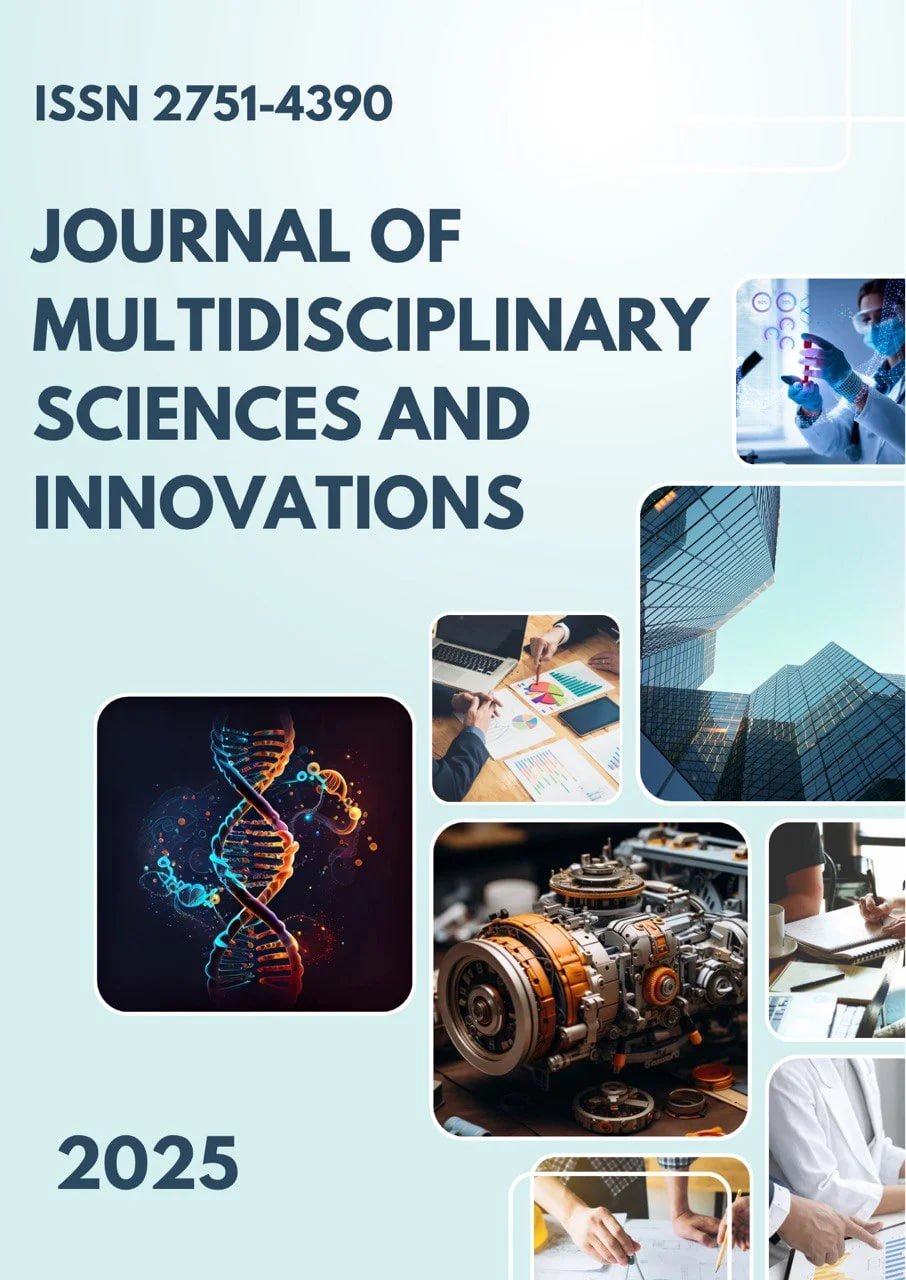IMMUNOHISTOCHEMICAL STUDY OF UTERINE FIBROIDS: NEW APPROACHES TO DIAGNOSIS AND TREATMENT
Main Article Content
Abstract
Uterine fibroids remain one of the most common benign tumors in women of reproductive age, often associated with severe clinical symptoms and decreased quality of life. In recent years, particular attention has been paid to the molecular biological aspects of fibroid pathogenesis, facilitating the development of personalized treatment approaches. Immunohistochemical examination of fibroid tissue allows us to identify the expression of key protein markers, including hormonal receptors (estrogen and progesterone), proliferation markers, apoptosis, and angiogenesis. These data enable more accurate tumor classification, prognosis, and selection of the most effective therapeutic strategy. This article discusses the current capabilities of immunohistochemistry in the diagnosis and treatment of uterine fibroids, as well as prospects for integrating this method into clinical practice.
Downloads
Article Details
Section

This work is licensed under a Creative Commons Attribution 4.0 International License.
Authors retain the copyright of their manuscripts, and all Open Access articles are disseminated under the terms of the Creative Commons Attribution License 4.0 (CC-BY), which licenses unrestricted use, distribution, and reproduction in any medium, provided that the original work is appropriately cited. The use of general descriptive names, trade names, trademarks, and so forth in this publication, even if not specifically identified, does not imply that these names are not protected by the relevant laws and regulations.
How to Cite
References
1.Bulun, S. E. (2013). Uterine fibroids. The New England Journal of Medicine, 369(14), 1344–1355. https://doi.org/10.1056/NEJMra1209993
2.Stewart, E. A. (2015). Clinical practice. Uterine fibroids. The New England Journal of Medicine, 372(17), 1646–1655. https://doi.org/10.1056/NEJMcp1411029
3.Ono, M., et al. (2019). Immunohistochemical expression of hormone receptors and proliferation markers in uterine leiomyoma. Human Pathology, 85, 35–42. https://doi.org/10.1016/j.humpath.2018.11.004
4.Catherino, W. H., et al. (2018). Advances in the treatment of uterine leiomyomas. Reproductive Sciences, 25(5), 681–687. https://doi.org/10.1177/1933719117743622
5.Khan, Z., & Manyonda, I. (2004). Fibroids: current perspectives. International Journal of Women's Health, 6, 95–114. https://doi.org/10.2147/IJWH.S40496
6.Koks, C. A. M., et al. (2017). Expression of VEGF and its receptors in uterine leiomyomas and the clinical implications. Gynecologic Oncology, 145(2), 345–351. https://doi.org/10.1016/j.ygyno.2017.02.026

